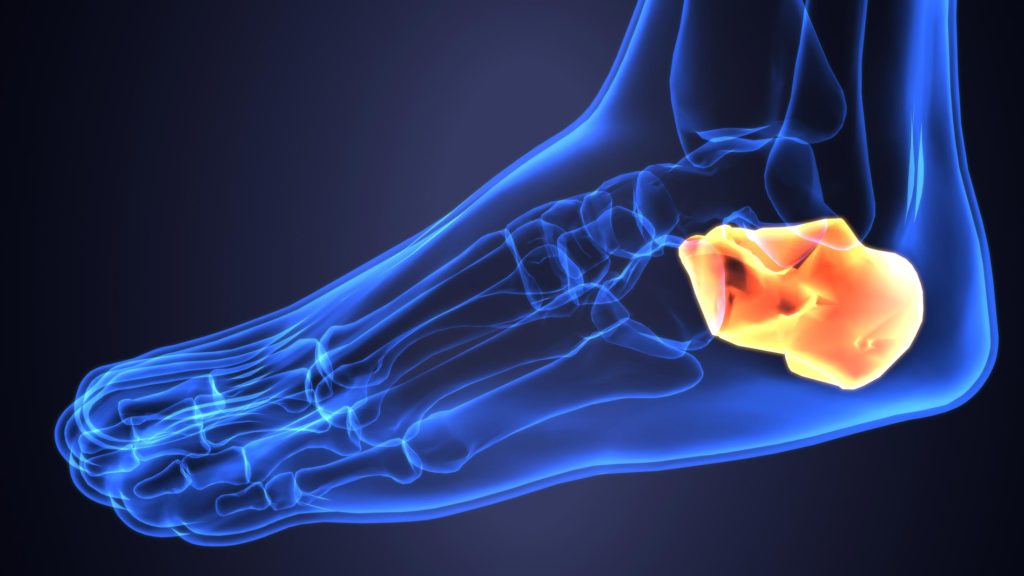
Ten percent of the population suffer from plantar fasciitis, according to the American Orthopaedic Foot and Ankle Society can be caused by over pronation. Plantar fasciitis is the most common cause of heel pain and for many individuals means painful standing or walking. This painful foot condition happens when the fascia band, the ligament that connects the heel to the toes, becomes inflamed. Inflammation usually occurs when individuals have either flat feet or very high arches, wear unsupportive shoes or shoes that do not fit properly or are on their feet for extended periods of time. Another common cause of plantar fasciitis is a condition known as excessive pronation.
Excessive or over pronation happens when individuals roll their feet inward too much. It occurs when the weight of the body is shifted from the heel to the toes when walking or running, causing the foot to roll inward. Pronation helps the body absorb shock and is a natural part of walking or running, but becomes a problem when the inward roll is extreme. Pronation also occurs when standing, as the foot rolls inward and the bottom of the foot, or arch, becomes flat.
When an individual over pronates, they become susceptible to injury because movement and activity stress the muscles and other connective tissues of the foot, like the fascia band. This stress causes strain and microtears that eventually lead to inflammation and pain. Plantar fasciitis pain may come on slowly over time, but for most patients ends up to be a very painful condition. Some patients experience swelling of the foot as well. Many patients experience pain in the morning when they wake up.
“This is because the foot relaxes during sleep, allowing the plantar fascia ligament to shorten,” said Dr. Michael Budler, M.D., an interventional radiologist in Grand Island, Nebraska. “Typically the pain and tightness of the fascia ligament ease with movement. This tightening and relaxing may occur throughout the day as the sufferer rests and moves.”
Budler explains how patients can tell if they over-pronate by looking to see if they have a clearly defined arch when they stand up. If there is no verifiable gap between the foot and the floor when standing, the patient has over pronation.
“Another test is to examine their footprints by wetting their feet,” Budler said.
Individuals without over pronation have a footprint that shows only the toes, the heel and the outer edge of the foot. The footprints of individuals who have over pronation show more of the foot in the area of the arch.
“A third way to determine if you have over-pronation is to look at your shoes. If they are worn down on the inside of the shoe, chances are the patient has over pronation,” Budler said.
Patients with over pronation induced plantar fasciitis often wear orthotic inserts to correct their gait. These inserts may help with the pain, but the aggravation of the plantar fascia ligament may remain painful for some time. Over the counter and self-care treatments include the use of NSAID pain relievers, special wraps and bands to lift the arch and rest.
These treatments typically alleviate the pain, but only for short periods of time. When these therapies stop working, patients are faced with a surgical option that excises inflamed tissue. Unfortunately, this surgery impacts healthy tissue around the fascia band. Downtime after this surgery is significant, and results are not guaranteed.
Budler provides plantar fasciitis patients an alternative to temporary treatments and traditional surgery. The alternative is the Tenex TX1 ultrasonic knife. This treatment uses a tiny incision and ultrasonic energy to remove only the ligament tissue that is damaged by inflammation, leaving surrounding healthy tissue intact. Downtime after the procedure is just a few weeks in comparison to traditional surgery, and results are guaranteed.
Budler advises plantar fasciitis patients to get checked for pronation and consult with a physician who provides Tenex TX1 as a treatment option.
